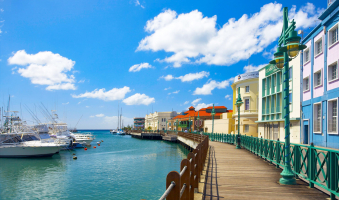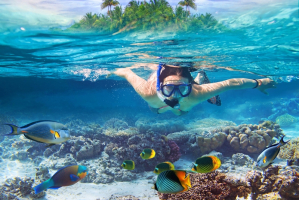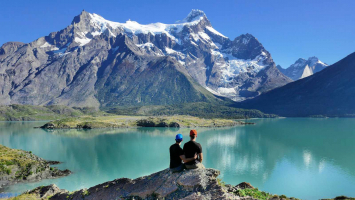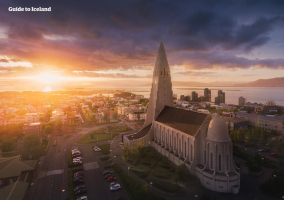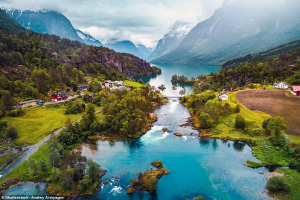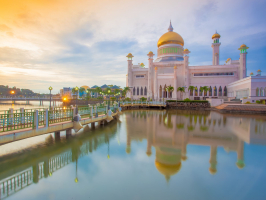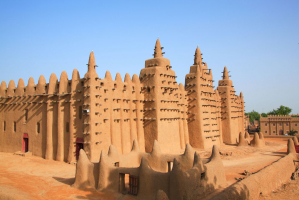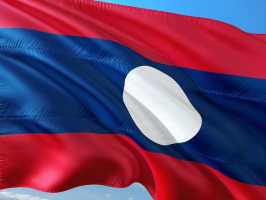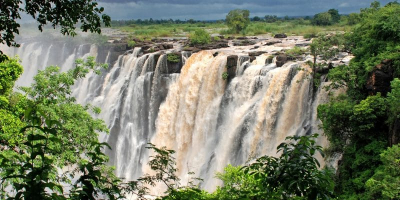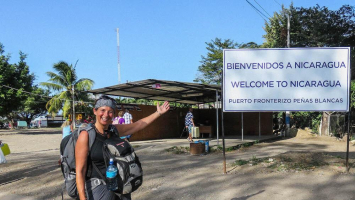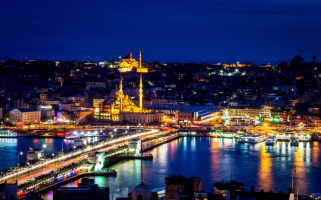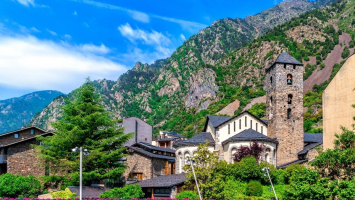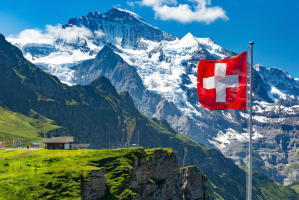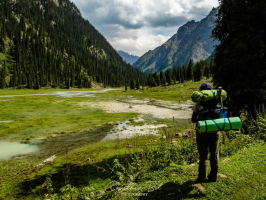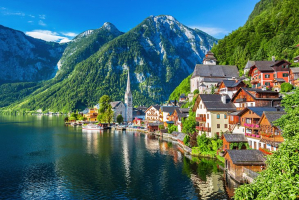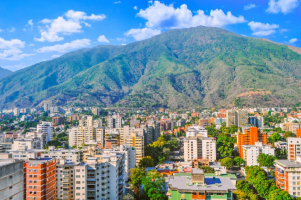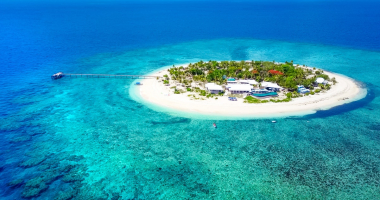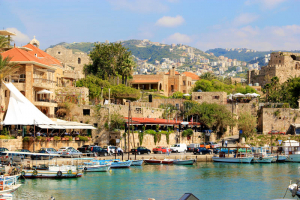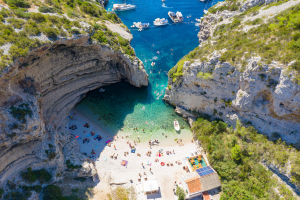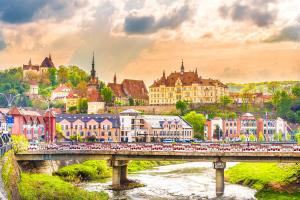Top 10 Things About Slovakia You Should Know
If you're considering a trip to Slovakia, here are the top 10 Slovakia facts and things to know before you arrive. Slovakia, sandwiched between the Czech ... read more...Republic, Austria, and Hungary, is still a relatively "undiscovered" Central European location. Slovakia, sometimes confused for Slovenia (further south), provides history, adventure, and breathtaking beauty. This is top 10 things about Slovakia you should know before traveling
-
At least five (and maybe eight) countries are fighting for the right to claim Europe's midway as their own. It's a controversial subject. Not only is there more than one way to compute the geographic midpoint, but it also has symbolic and touristic ramifications.
In the middle stakes, Slovakia competes with Lithuania, Ukraine, Belarus, and Poland. Slovak geographers, on the other hand, regard Kremnica to be Europe's geographical center. They've also placed a boulder to mark the reallocation. There are so numerous definitions of Central and Eastern Europe that it actually depends on the source whether Slovakia is in Central or Eastern Europe.This isn't the only prevalent misperception among foreigners. They also mix it up with Slovenia. Even George W. Bush and many other leaders have made the mistake of referring to Slovakia and Slovenia. As a result, employees from the Slovak and Slovenian embassies met on a monthly basis to swap incorrectly addressed letters.
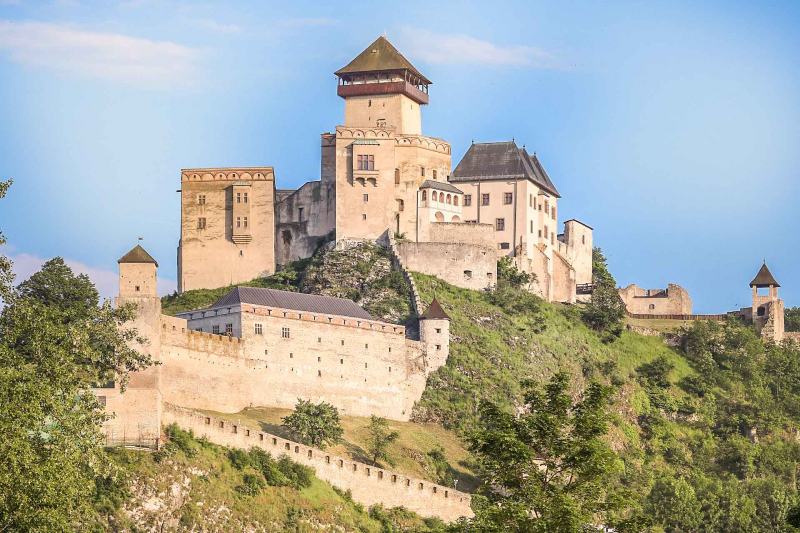
Source: coolslovakia.com 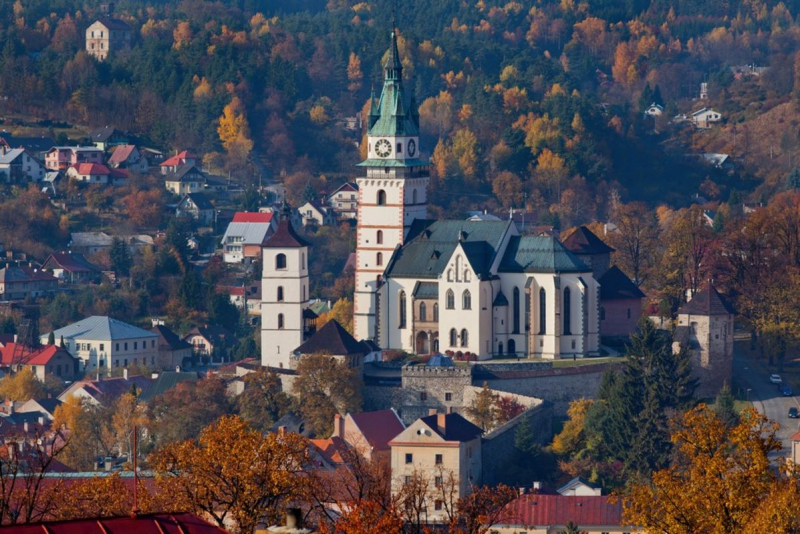
Source: slovakia.travel -
When visiting Slovakia, there are nine national parks and fourteen protected landscape regions to select from. The majority of them are in the country's center, and the greatest thing is that you can get there utilizing public transportation! The High Tatras, with peaks above 2500 meters, is the most well-known park and a popular hiking and skiing destination. Meanwhile, Slovak Paradise is known for cave exploration, while Low Tatras is the largest national park in Slovakia, with mountains and verdant valleys – our favorite for mountain riding.
Majestic peaks, vast valleys, and enigmatic gorges. Large woodlands teeming with life. Wolves, bears, lynx, and chamois call the Carpathians home. With almost 6,200 caverns and chasms, this is Central Europe's biggest karst region. Crystal clear glacier lakes, tranquil lowland rivers, a bird sanctuary, and the azure surfaces of water reservoirs. Sand dunes and pine woods, natural travertine, and volcanic formations are Incredible varieties in such a little region. It is one of the things about Slovakia you should know before traveling.
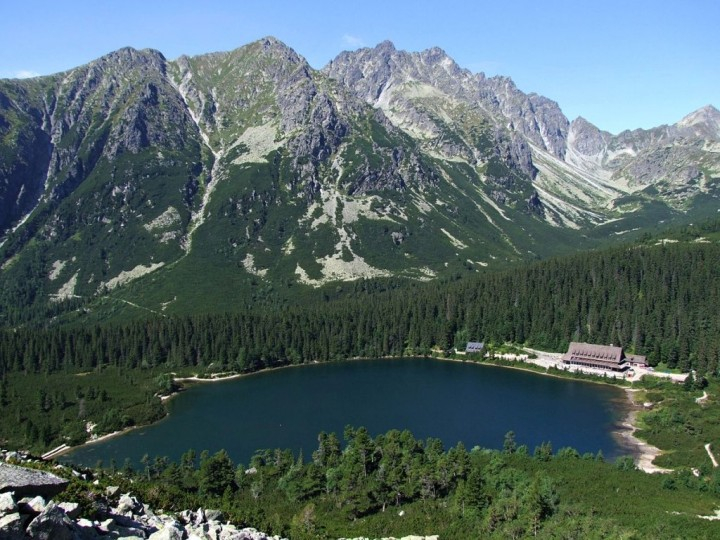
Source: traveltipy.com 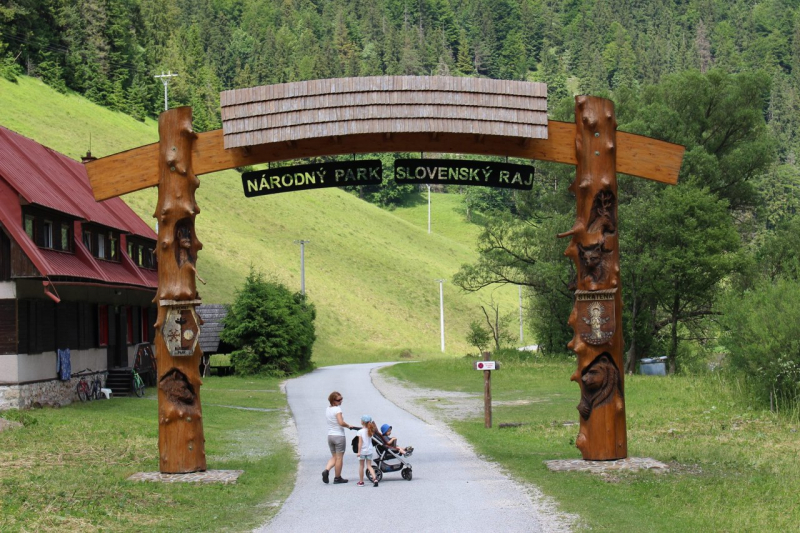
Source: govisity.com -
Slovak folk dances are one of the most fascinating aspects of Slovakia. Dances and folk costumes vary in color and style depending on the location and manner of life. In reality, Slovakia has over a hundred folk ensembles, and the dances are quick, full of passion, and generally accompanied by percussion, violin, and bass. Maya is a former folk dancer who used to be a member of a folk ensemble. Many folk performances take place at festivals throughout the summer.
The Slovak people's dances are as diverse and beautiful as the area in which they evolved, and as fascinating as the people who lived there. The movement reflects the history and culture of a people who have clung tenaciously to their folk traditions and succeeded in maintaining a strong Slovak identity despite centuries of subjugation, from the simplicity of village dances to the elaborate stage choreographies of modern amateur and professional ensembles. The dance, along with music and other folk customs, survives today as a testament to the Slovak spirit and is warmly and sometimes reverently referred to as the "pearls of Slovak culture" by Slovaks.
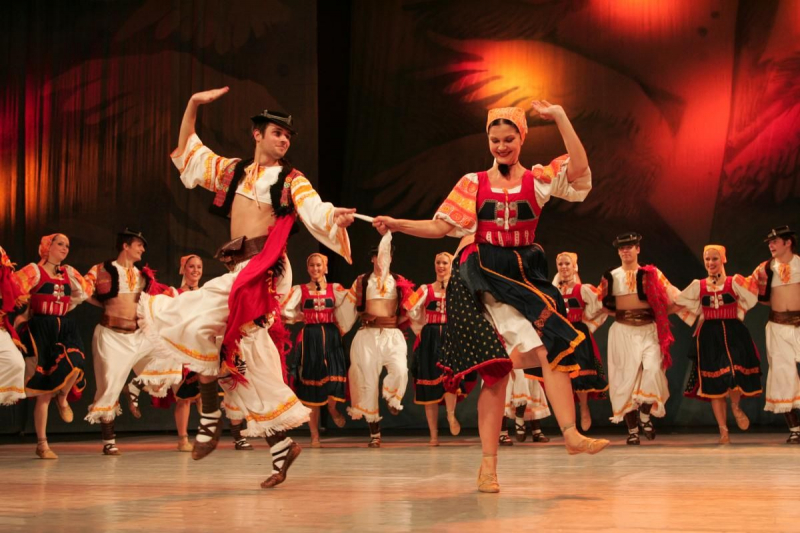
Source: pinterest.com 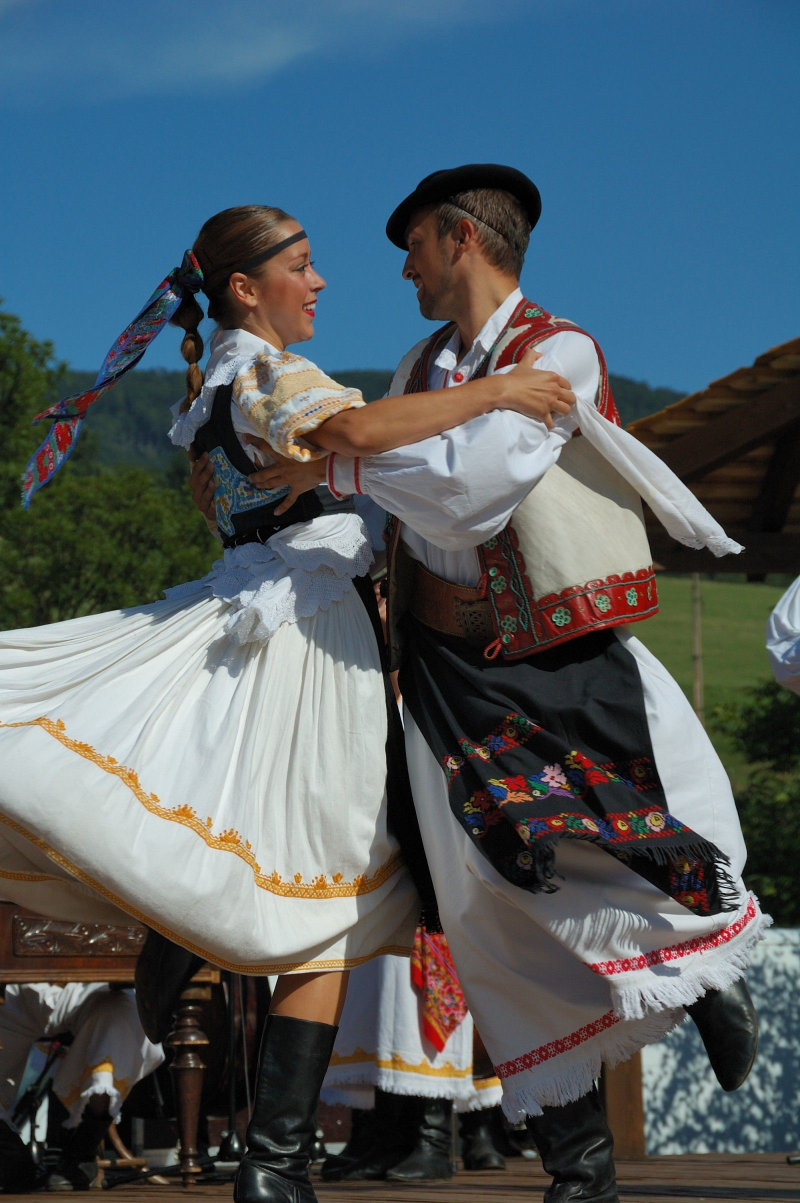
Source: pinterest.jp -
There are about 1,600 officially recognized springs, many of which are utilized as a source of mineral drinking water, while others are thermal springs for soothing spas. You can also get bottled water from Slovak springs in any supermarket, and each variety has various health advantages.
Meanwhile, the largest swimming area is in Beeová, which has 33 springs. The hot springs in Podhájska are a world oddity since the water is claimed to be more beneficial than the famed Dead Seawater! The springs are ideal for drinking regimens, have varying mineral compositions, and can aid with a variety of medicinal conditions. Every visitor can discover their "own" spring. For example, the spring in Ubovnianske kpele is ideal for both men and women; the Smerdonka spring is beneficial to the skin, and the spring in Litmanová is supposed to purify one's spiritual side. The Kneipp treatment is an unusual feature along the route: a foot bath that may be tried out at the springs in Vyné Rubachy and Lacková. There are so amazing, it is one of the things you should know about Slovakia when coming to travel.
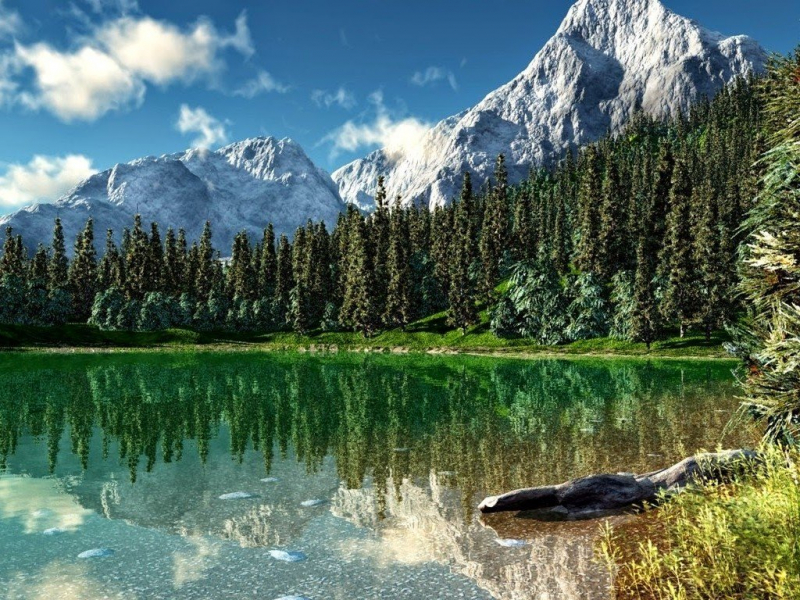
Source: unicato.sk 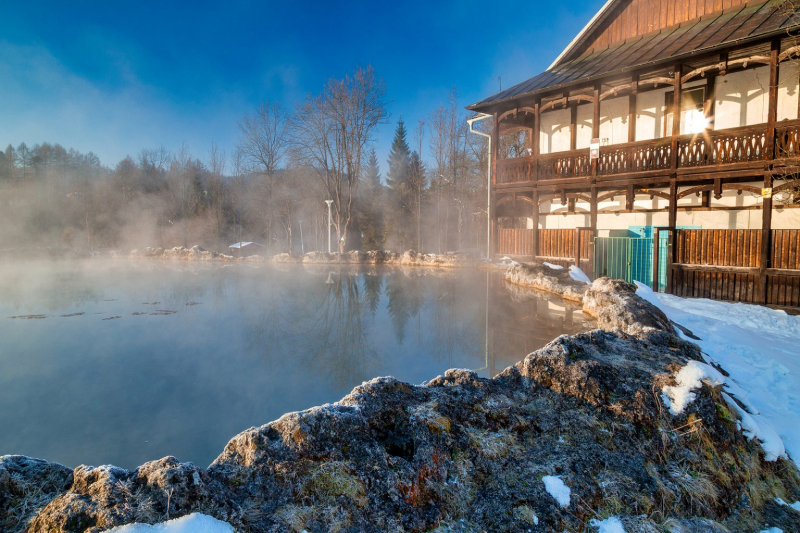
Source: slovakia.com -
Slovakia is rich in cultural and historical buildings, as well as fortified and majestic structures. There are over 100 castles and at least double that number of manor homes from various historical eras. They were the protagonists of history in the past, and their owners controlled the life of the country and its people. Every manor home has its own garden or park. Curious, which were originally owned by small gentry, may be found in practically every hamlet in Slovakia.
Slovakia boasts 180 castles and 425 chateaux, which is a lot for such a tiny nation! So, no matter where you travel, you will see at least one castle or chateau. The most famous is Spi Castle, which is also one of the biggest in Central Europe (it is on the UNESCO List of World Cultural and Natural Heritage). Maybe this is the best interesting thing you should know to have some beautiful photos. That is a good sound, here is one of the things you should know about Slovakia when you travel to this country.
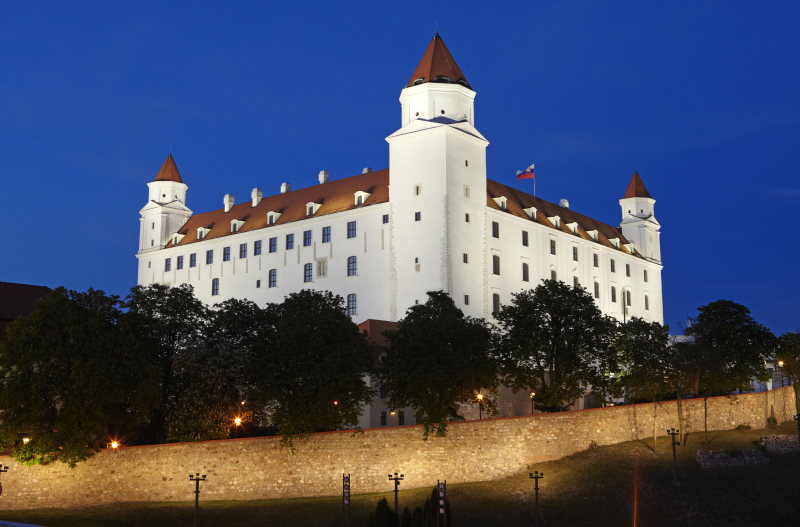
Source: lonelyplanet.com 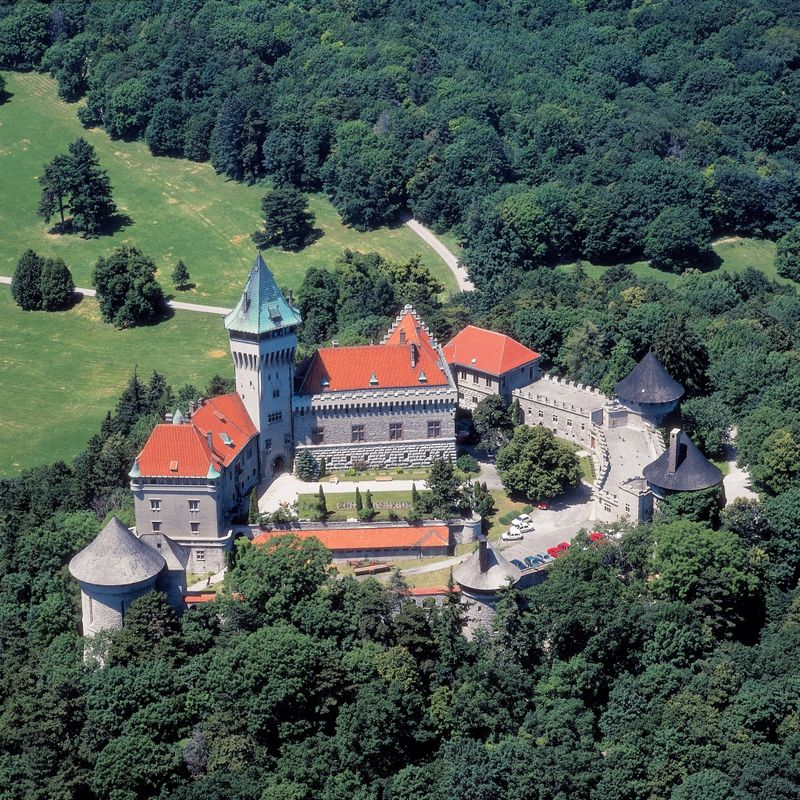
Source:slovakia.travel -
In northern Slovakia, the lovely town of imany is located near the Stráov Hills. It is the world's first folk architectural reservation, with the oldest mention of the town dating back to 1272! This neighborhood contains about 130 dwellings, and the wooden houses are decorated with various folk ornaments, some of which appear on the people's traditional clothes. Here, is a thing that you need to know when coming to this country. Another interesting thing is it is also on top of things you should know about Slovakia.
Slovakia is steeped in folk culture and has a rich legacy of folk music and folk dancing. The charming town of imany — the world's first protected reservation of folk architecture – is the finest spot to explore Slovakia's cultural past. Admire the artistically carved wooden buildings in the village, or enter inside one to experience authentic Slovak village life. Grab a coffee and peruse the folk art, decorations, and souvenirs while you're there. There is no better way to spend a day in Slovakia.
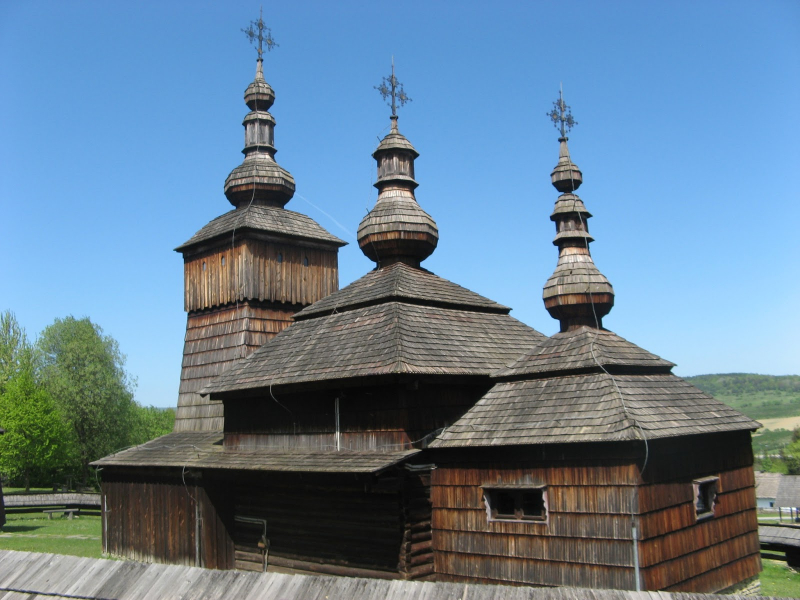
Sourcce: carpathianwoodenchurches.blogspot.com 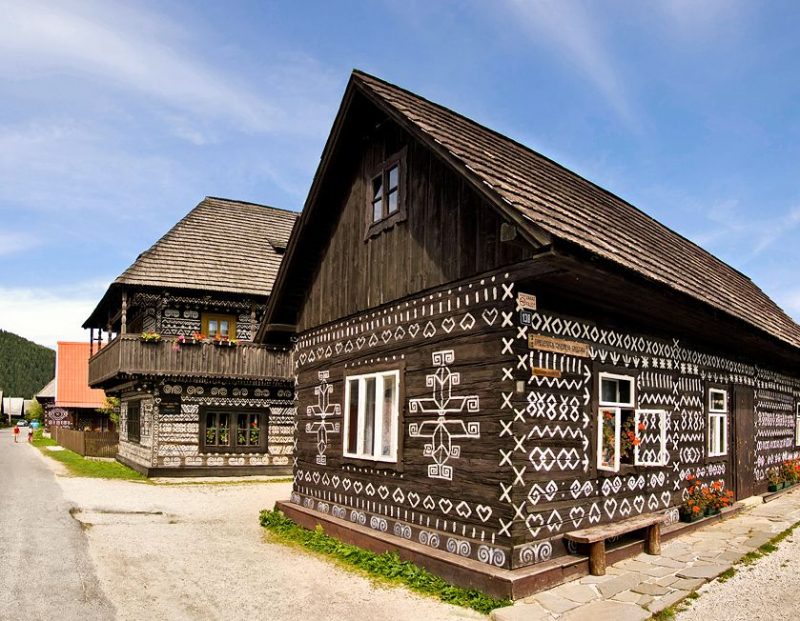
Source: pinterest.com -
In Slovakia, about 6,000 caverns have been found. The majority of them may be found in the Low Tatras, Slovak Paradise, and Slovak Karst national parks, and they truly are one-of-a-kind natural treasures. For example, Ochtinska Aragonite Cave is referred to be a "natural oddity." Instead of traditional stalagmites and stalactites, white aragonite twigs and shrubs can be found. Did you know that? Only four aragonite caves are accessible in the world; the others are in the Czech Republic, Mexico, and Argentina.
Slovakia crams a lot of caverns into an area nearly twice the size of Wales. However, one of its 6000 caverns stands out. The Krasnohorska Cave is a one-of-a-kind karst structure, featuring a 34-meter-high huge column. It is the world's tallest sinter column, according to the Guinness Book of Records. It has since been designated as a Unesco World Heritage Site. It may be is an amazing thing for visitors to know.
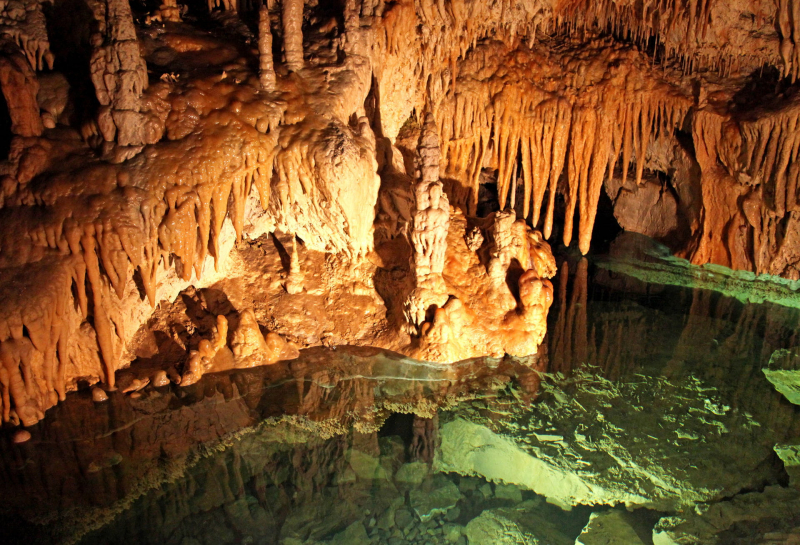
Source: easydaytrip.com 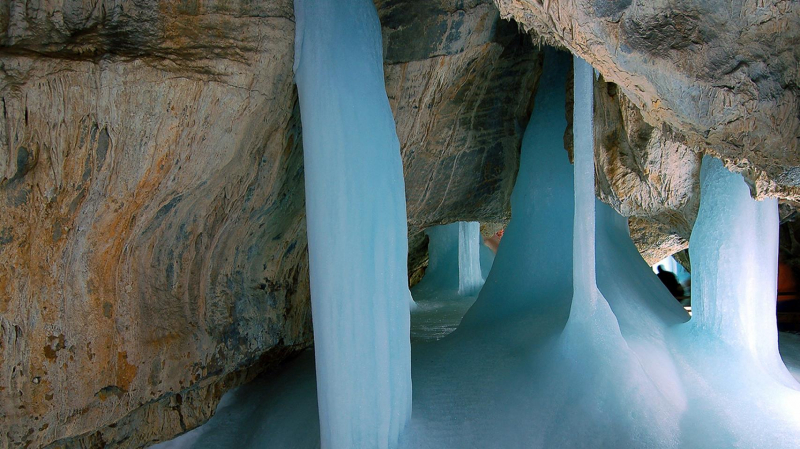
Source: boomsbeat.com -
The Slovak language is a member of the Slavic language family. Because it is the most understandable language for speakers of other Slavic languages, it is frequently referred to as "Slovak Esperanto." Slovakia, Serbia, the Czech Republic, Ukraine, Croatia, and Hungary speak Slovak, a Slavic language of the Indo-European language family. Slovak is the official language of Slovakia, spoken by more than 80% of the people, and is given precedence over other languages in the country. Slovak speakers in the nation speak three dialects that are mutually intelligible: eastern, central, and western dialects. There is also a standard version for use in classrooms.
The language has evolved and grown over the centuries as a result of influences from other languages such as Latin, Czech, Hungarian, English, and German, as well as contact with other versions of the language. The State Language Law governs the use of Slovak in the country, including penalties and fines for improper usage. This is one of the things about Slovakia you should know.
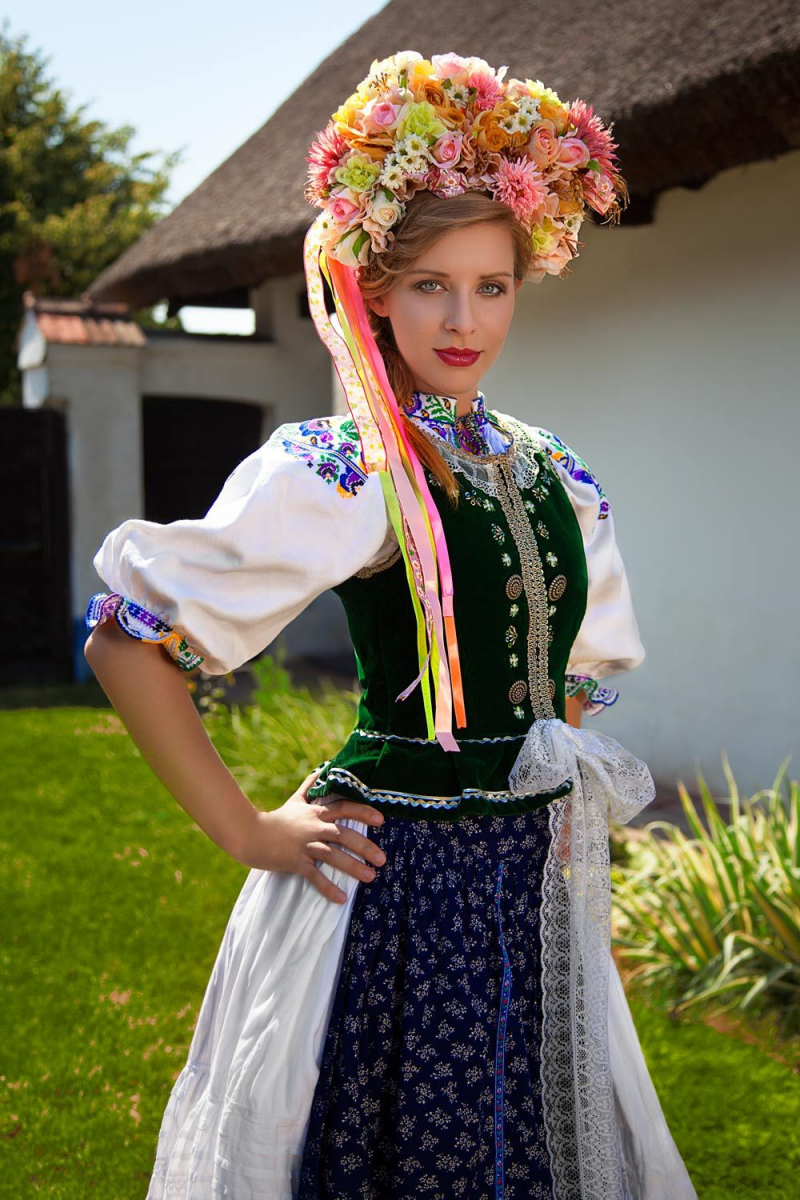
Source: pinterest.com 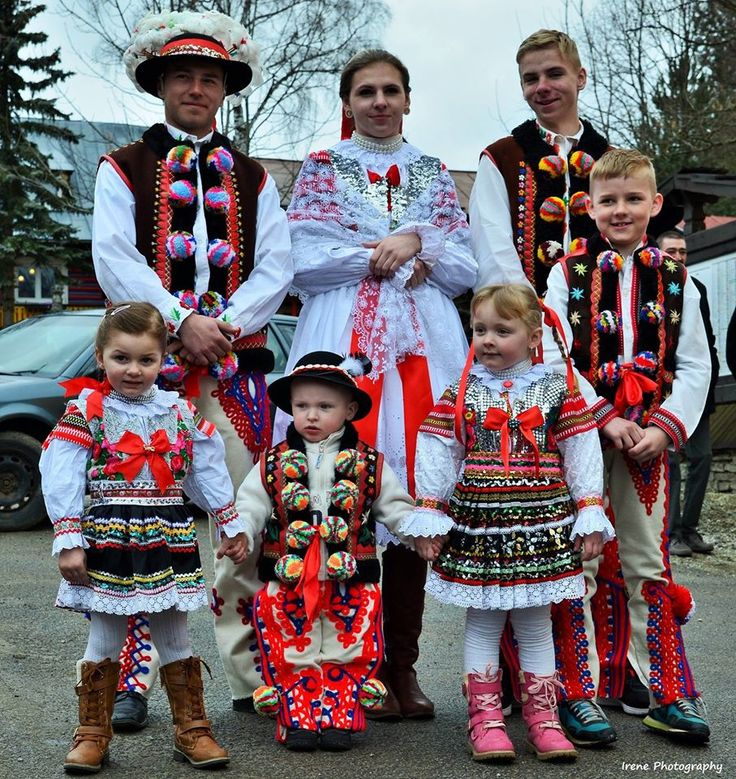
Source: pinterest.co.uk -
The Kosice Peace Marathon is Europe's oldest and the world's second-oldest marathon (after Boston Marathon). Every year on the first Sunday in October, it is celebrated in Kosice, Slovakia's easternmost city. With its 2010 course record, the Kosice Peace Marathon is ranked eighth in Europe, trailing only London, Berlin, Paris, and Rotterdam, and has surpassed marathons in Rome, Madrid, Zürich, Hamburg, Milan, and Vienna. The race has never missed a year, according to race organizers, and it has the longest continuous history of any marathon in Europe. There is so much to enjoy on the day, especially for spectators who can cheer on their favorite athletes and enjoy the energetic and enthusiastic environment.
All fast marathon courses must have a few favorable criteria. It is, of course, the elevation profile, with relatively few direction changes or severe curves. There is a course in Kosice that meets the most difficult standards. In Berlin, where several world records have been established, there are 21 direction changes on the course that are 90 degrees or sharper. The number of such direction changes for the complete marathon route in ice is the same low. Therefore, here is one of the things about Slovakia you should know.
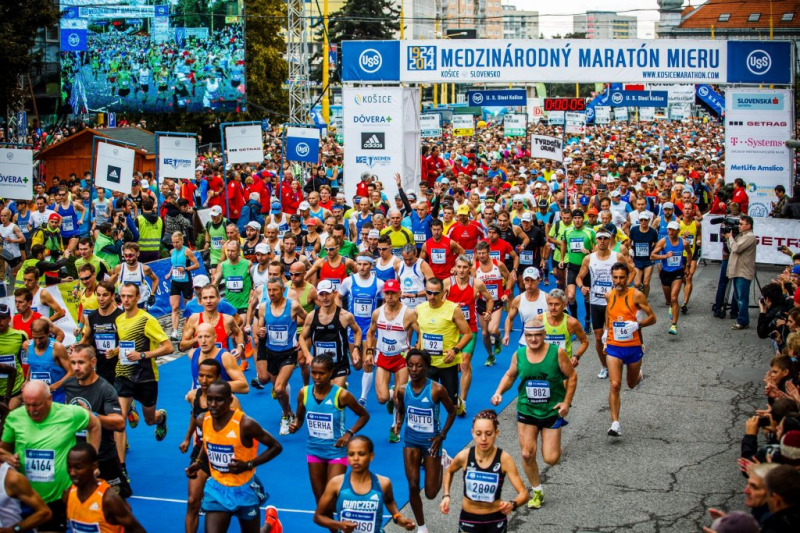
Source: traveltipy.com 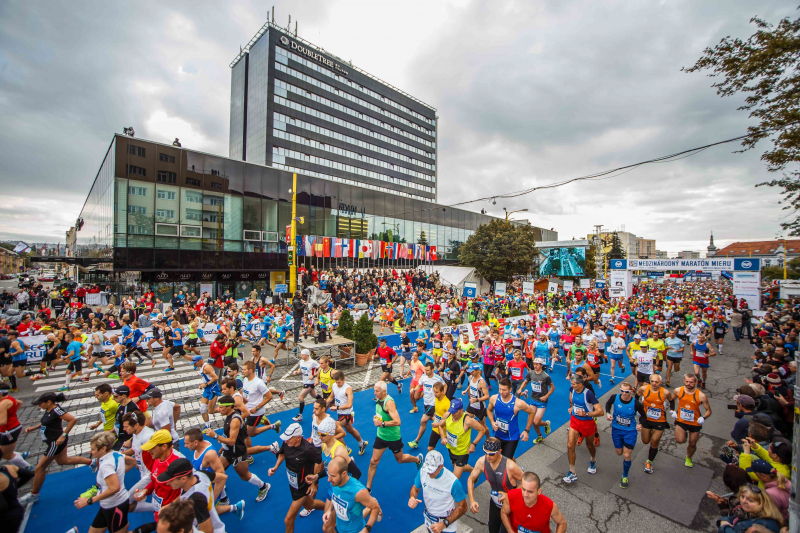
Source: kongres-margazine.eu -
The national dish of Slovakia is known as "Bryndzové haluky." They are potato dumplings with a fermented sheep cheese called "bryndza." Slovakia's national cuisine mixes miniature potato dumplings (akin to Italian gnocchi) with bryndza, a soft and crumbly sheep's cheese. The end product is velvety, cozy, and totally delightful. Finish it with smoked bacon, local sausage, and chives to channel your inner Slovakian. This is one of the best things about Slovakia you should know.
It is best served with fried bacon on top! This is a highly unusual and popular dinner that can be found at most restaurants. Because quality varies, make sure to research the best source to acquire bryndzové haluky ahead of time. A spaetzle maker, such as this one, is the simplest way to prepare Bryndzové haluky. If you don't have one, a grater or colander will suffice; simply press the dough through the holes into the boiling water with a spoon or scraper.
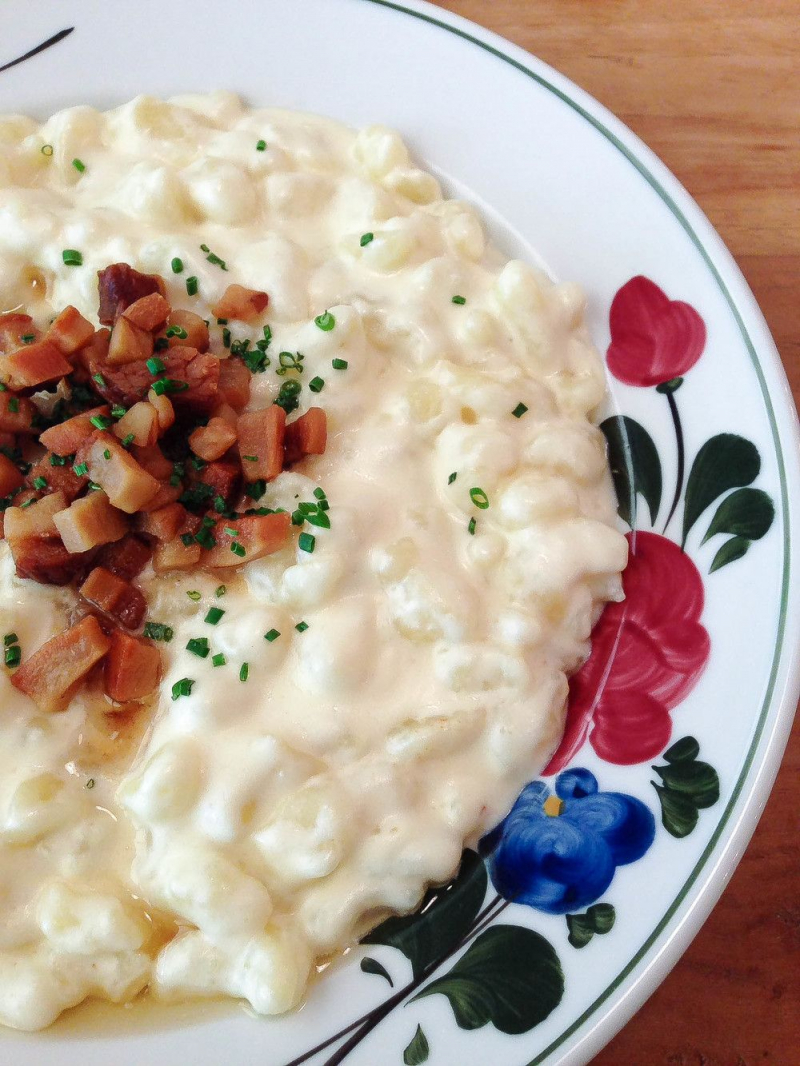
Source: pinterest.com 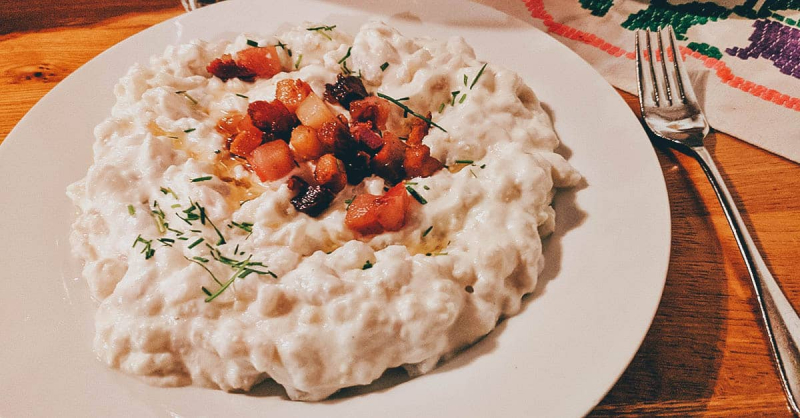
Source: willflyforfood.net












